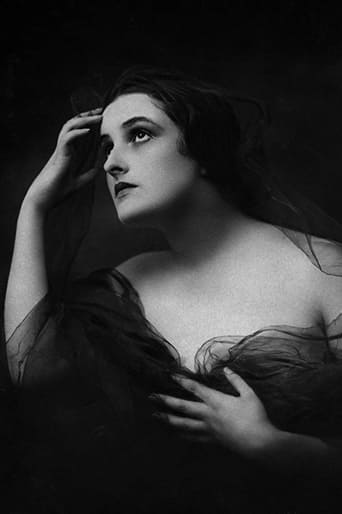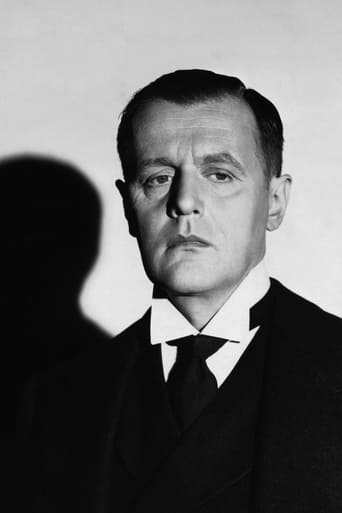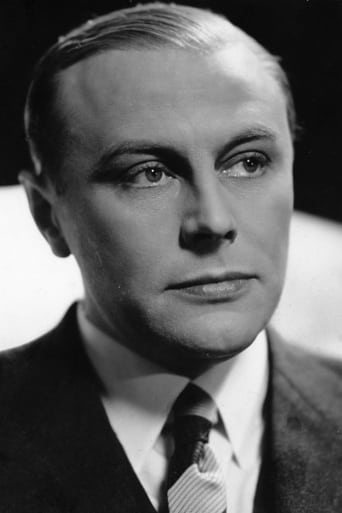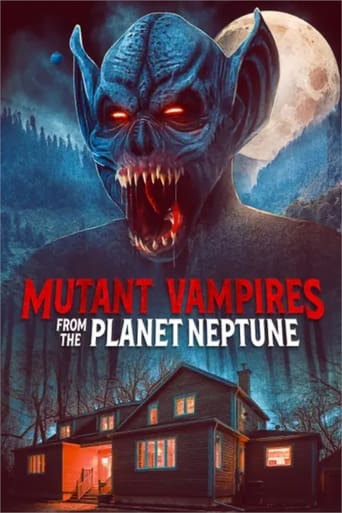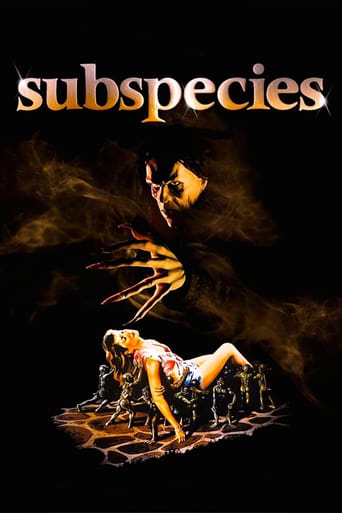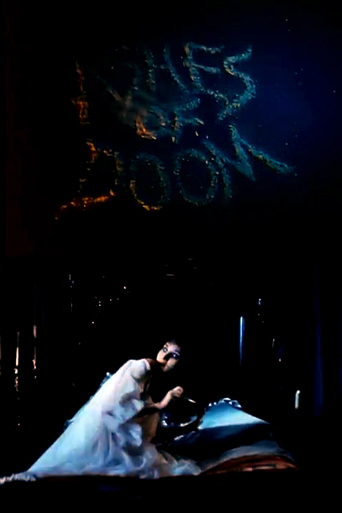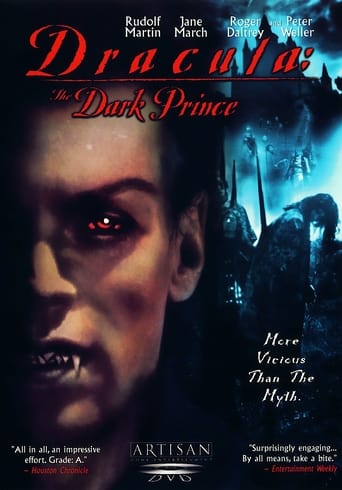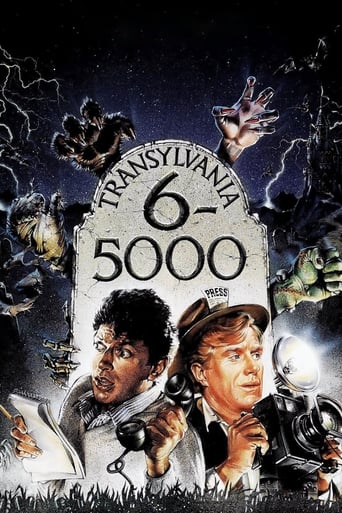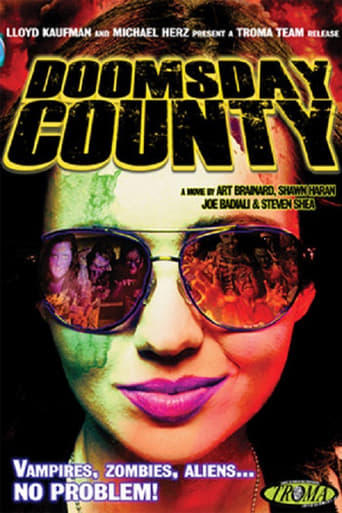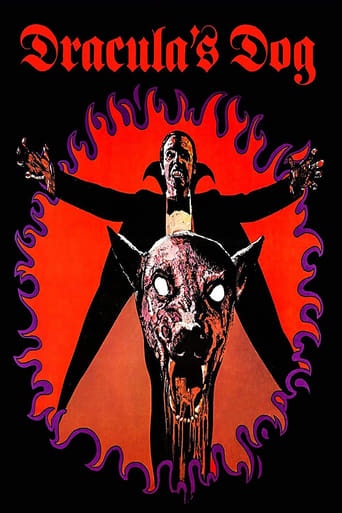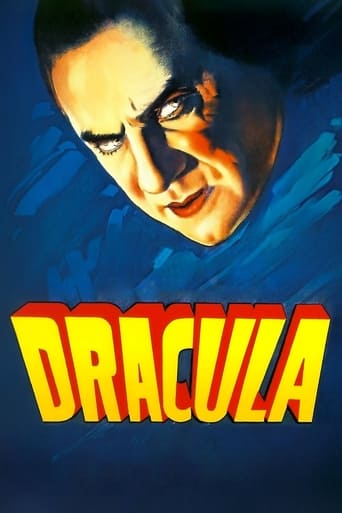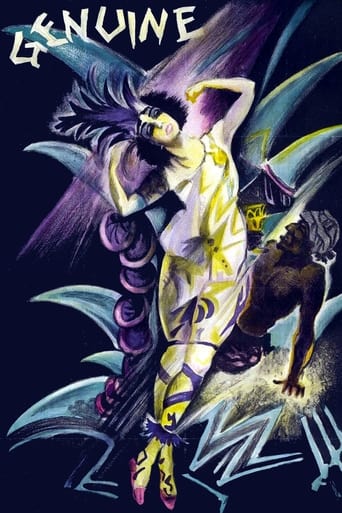
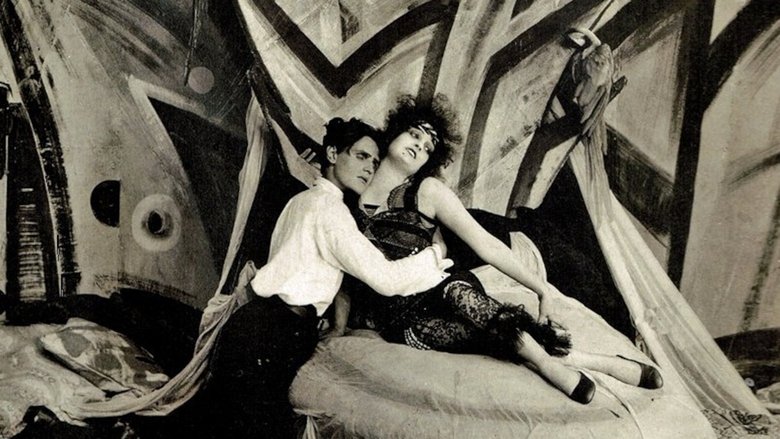
Genuine: The Tragedy of a Vampire (1920)
Since completing a portrait of Genuine, a high priestess, Percy becomes irritable and withdrawn. He loses interest in painting and refuses to see his friends, preferring to spend his time alone with the portrait in his study. After turning down a wealthy patron's offer to buy the picture, Percy falls asleep while reading stories of Genuine's life. Genuine comes to life from the painting and escapes. The film's sets were designed by the Expressionist painter César Klein.
Watch Trailer
Cast


Similar titles
Reviews
partial nudity This film is currently available from archive.org, as it's in the public domain. And, it is the 43 minute version.Apart from the unusual set and costume design that has been influenced by the German Expressionist movement, there isn't a lot to this film I would recommend. In fact, I think it's all kind of silly and trite. The story is about an irresistible woman named 'Genuine' and she apparently is so hot and wonderful that men MUST do her bidding. And, when she asks them to kill others or themselves, they do in order to prove their love and obedience towards her. This strange plots combined with LOTS of overacting (especially in the lovemaking scenes) make for a movie that is bizarre and pretty silly. I was not all that impressed and think the film won't interest anyone but the most ardent silent movie fans. Now I am probably among the most prolific reviewers of silents, and it didn't interest me a whole lot either! By the way, like many films (particularly European ones) of this era, there is some partial nudity in this film that might surprise you. Sadly, even this wasn't enough to generate any excitement in this film!
I’ve been wanting to give this a whirl ever since acquiring it six years ago – as part of the Kino edition of the same director’s THE CABINET OF DR. CALIGARI (1920). However, the result (without taking into account its obvious narrative gaps, being incomplete in this version) is nowhere near as groundbreaking or even compelling as that earlier classic – despite the comparable Expressionist look (including a clock standing in for the face of a skeleton[!] and which is still its best quality).The plot revolves around a femme fatale called Genuine – hence, the vampire of the title is not of the blood-sucking variety – who had actually been the high priestess of some cult. Due to a clash between factions, she ends up in a slave market (featuring surprising but discreet nudity) and is eventually bought by an eccentric old man (among other things, he likes to doze off while being shaved daily!), who keeps the girl in the cellar of his ‘notorious’ mansion so as to shelter her from the vices of modern life; incidentally, one is never quite sure in which era this is all supposed to be taking place – since the dapper but doddering old man has an Arab, with painted bare chest, for a servant! The irony, then, is that the girl’s own nature – she has a feral countenance and wears a skimpy striped outfit! – is infinitely more dangerous to the young men she enslaves (one of whom sports a highly anachronistic Duran Duran hairdo!). These, in fact, are somehow driven mad (as it stands, the details aren’t very clear – particularly with respect to the old man’s nephew); when the son of his exclusive barber is similarly afflicted, the latter rouses the populace against her and – in a scene which basically replicates Cesare the somnambulist’s fate from the aforementioned THE CABINET OF DR. CALIGARI – she dies in the ensuing pursuit.In conclusion, the treatment afforded the film isn’t sufficiently gripping to rate it higher than a mere curio at this juncture; besides, it’s all the more disappointing coming from Wiene (who, besides CALIGARI also made the equally influential THE HANDS OF ORLAC [1924]). By the way, another interesting effort of his – the Dostoyevsky adaptation RASKOLNIKOV (1923) – will soon be released on DVD by the budget label Alpha (under the alternate title of CRIME AND PUNISHMENT)…
The same director, cinematographer and writer of "The Cabinet of Dr. Caligari" made this subsequent picture, "Genuine". Likewise, it is also an Expressionist film (one of the few made during Weimar Germany, contrary to what Lotte Eisner and the use by some of "expressionism" as an umbrella term for almost all German cinema of the period might suggest). Additionally, similar to "Caligari", the main body of "Genuine" is framed as a dream. Yet, I wasn't engulfed into the universe of "Genuine", as I was with "Caligari".The story, although just as peculiar, isn't as involving, which is unfortunately probably, in part, because the Kino release is only a condensed version. The framing of scenes is just as prosaic and theatrical as that in "Caligari"--if not more so. As well, the stylized acting seems more overdone and obtrusive this time. But, more importantly, the problem is the sets, which I can't see the entire version improving much upon. The Expressionist set designs are equally strange, with odd angels and geometric shapes. The production, however, leaves too much space open and unfilled, which is the largest reason that "Genuine" isn't as involving, or captivating, as "Caligari".
...yes, it's from the same director, Robert Wiene, whose landmark THE CABINET OF DR. CALIGARI was released earlier the very same year, 1920; and, yes, much of the same cinematic technique created for CALIGARI was used here as well. The main differences between the two utterly defeat any chance that GENUINE, at least in the 43-minute "condensation" that appears on the 2002 Kino DVD release, would ever be a tenth as watchable as CALIGARI (or, for that matter, THE HEARTS OF AGE, Orson Welles' self-described "amusement" that spoofed all the surrealist silent European cinema concocted by Wiene, F.W. Murnau, Salvador Dali and the like). First, the sets and makeup of the players are not as flamboyantly odd this time around. Second, the pacing is far too slow for the story. Third, the story is itself far too bizarre and convoluted for a casual viewer to find any interest in; CALIGARI's is relatively straightforward in comparison. If you want a pre-NOSFERATU take on vampires, track down the DVD of LES VAMPIRES instead...


